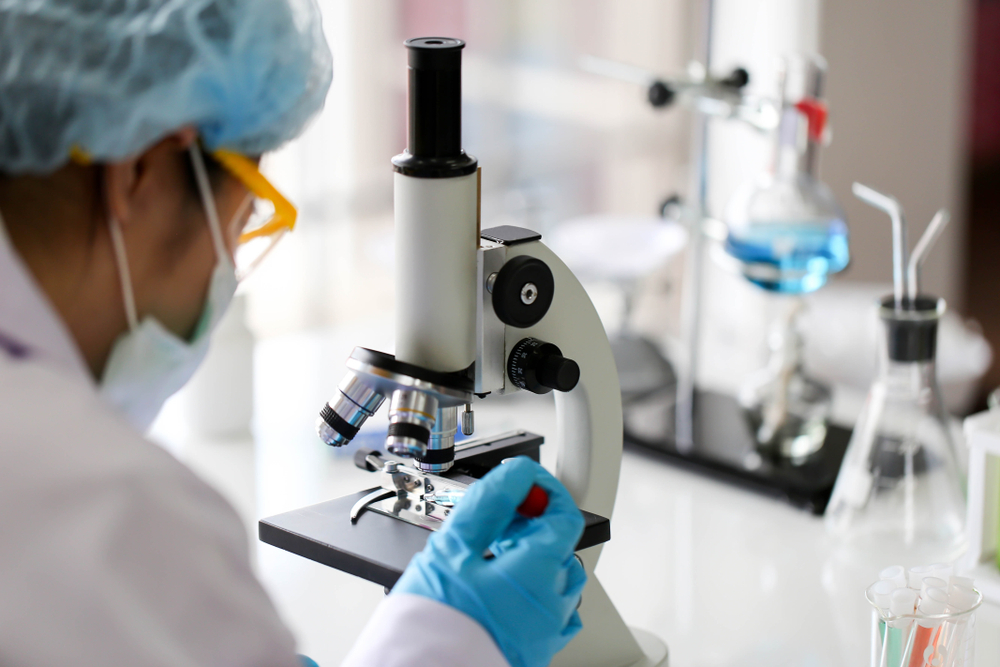
Pharmacy is an essential discipline within the healthcare ecosystem, bridging the gap between drug manufacturers and the patient population. This multifaceted profession involves not just the distribution of medications, but also a myriad of responsibilities including patient counseling, disease management, and health promotion. As the pharmaceutical landscape evolves, so too does the role of pharmacists, adapting to new technologies, regulatory changes, and the increasing complexity of patient care.
Historical Context of Pharmacy
The art of pharmacy dates back thousands of years, with evidence of medicinal practices found in ancient civilizations such as Mesopotamia, Egypt, and China. pafikotandolo.org Early healers combined empirical knowledge of plants and minerals with spiritual practices, laying the groundwork for modern pharmacotherapy.
The establishment of formal pharmacy practice emerged during the Middle Ages, when apothecaries began to appear as key figures in medical treatment. They not only dispensed medications but also formulated remedies based on evolving scientific knowledge. By the 19th century, pharmacy became recognized as a legitimate profession, with pharmacy schools established to provide formal education to aspiring pharmacists.
The 20th century marked significant advancements, particularly with the introduction of antibiotics, vaccines, and other critical medications. Innovations in drug discovery and the establishment of regulatory agencies transformed the landscape, emphasizing the need for safety and efficacy in pharmaceutical products.
The Diverse Functions of Pharmacists
Pharmacists serve a variety of functions that extend beyond mere medication dispensing. They are integral in medication therapy management (MTM), where they review and optimize patients’ medication regimens to ensure the best therapeutic outcomes. This role is particularly important for patients with chronic illnesses, such as diabetes or hypertension, who may require complex medication plans.
Education and counseling are vital components of a pharmacist’s responsibilities. Pharmacists provide essential information about medication usage, potential side effects, and interactions with other drugs. They empower patients to make informed decisions about their health, thus enhancing medication adherence and overall wellness.
In addition to these functions, pharmacists are increasingly involved in public health initiatives. They participate in vaccination programs, health screenings, and smoking cessation programs, helping to address community health needs and improve population health outcomes.
The Drug Development Process
The journey from drug discovery to market availability is complex and multifaceted. The initial phase involves extensive research to identify new drug candidates, often derived from natural sources or synthesized through chemical processes. After identifying potential compounds, researchers conduct preclinical studies to evaluate their safety and efficacy before advancing to clinical trials.
Clinical trials are conducted in multiple phases to assess the drug’s safety in humans. Phase I trials typically involve healthy volunteers to evaluate safety, while Phase II trials focus on efficacy in a specific patient population. Phase III trials are larger-scale studies designed to confirm the drug’s effectiveness and monitor any adverse effects before seeking regulatory approval.
Regulatory bodies like the FDA and EMA play a critical role in overseeing the approval process, ensuring that only safe and effective medications are brought to market. Post-marketing surveillance is equally important, as it helps identify any long-term effects that may arise after a drug is used by a broader patient population.
The Pharmaceutical Supply Chain
The pharmaceutical supply chain encompasses a wide array of stakeholders, each playing a crucial role in the availability of medications. Manufacturers, wholesalers, distributors, and pharmacies all contribute to the process of bringing drugs from production to patients.
Manufacturers are responsible for producing medications according to strict guidelines known as Good Manufacturing Practices (GMP). These regulations ensure the consistency and quality of pharmaceutical products. Once produced, medications move through the supply chain to reach pharmacies and healthcare facilities where they can be dispensed to patients.
Community pharmacies are often the most visible aspect of the supply chain, acting as the point of contact for patients. Pharmacists in these settings play an essential role in ensuring the correct medications are dispensed, providing education, and supporting adherence to treatment plans.
Technological Innovations in Pharmacy
The pharmacy profession is undergoing a transformation driven by technological advancements that enhance patient care and operational efficiency. Innovations such as telepharmacy, electronic health records (EHRs), and automated dispensing systems are reshaping how pharmacists engage with patients and manage medication therapy.
Telepharmacy allows pharmacists to conduct consultations remotely, increasing accessibility for patients in rural or underserved areas. This technology enables pharmacists to review prescriptions, offer guidance, and monitor treatment progress from a distance.
Automated dispensing systems improve the efficiency of medication distribution in pharmacies. These systems help reduce the risk of dispensing errors and streamline inventory management, allowing pharmacists to focus more on patient care rather than manual tasks.
The integration of EHRs enhances communication between healthcare providers, ensuring that pharmacists have access to comprehensive patient information. This collaborative approach to patient care fosters better medication management and improved health outcomes.
Regulatory Oversight in Pharmacy Practice
Pharmacy practice is subject to rigorous regulatory oversight designed to ensure the safety and efficacy of medications. Regulatory agencies establish guidelines for drug approval, manufacturing practices, and pharmacy operations to safeguard public health.
The approval process for new medications is comprehensive, involving thorough evaluation of clinical trial data to assess safety and effectiveness. After a drug is approved, ongoing monitoring is essential to identify potential long-term safety issues that may arise during widespread use.
Pharmacists must comply with various legal and ethical standards in their practice, including maintaining accurate records, ensuring patient confidentiality, and adhering to guidelines established by governing bodies. Organizations such as pafiwateskot.org advocate for equitable access to medications and best practices within the pharmacy profession.
Emerging Trends Shaping the Future of Pharmacy
The future of pharmacy is poised for significant changes as new trends emerge, driven by scientific advancements and evolving patient needs. Personalized medicine, which tailors treatment strategies to individual patient profiles, is gaining traction. This approach promises to enhance the effectiveness of therapies by considering genetic, environmental, and lifestyle factors.
The rise of biopharmaceuticals, or biologics, presents new opportunities and challenges for the pharmacy profession. These complex medications, derived from living organisms, are increasingly used to treat conditions such as cancer and autoimmune diseases. Pharmacists play a crucial role in managing these therapies, ensuring that patients understand their unique requirements.
Artificial intelligence (AI) is revolutionizing drug discovery and clinical decision-making. By analyzing large datasets, AI can identify patterns that help predict which compounds may succeed in clinical trials. This technology has the potential to accelerate the development of new therapies and enhance patient safety.
As the pharmacy profession evolves, the focus on patient-centered care will remain paramount. Pharmacists will continue to be essential healthcare providers, ensuring that medications are used safely and effectively, while addressing the diverse needs of their communities.
Conclusion
The pharmacy profession is a dynamic and critical component of the healthcare system, significantly influencing patient outcomes and public health. From its historical origins to contemporary innovations, pharmacy has continually adapted to meet the challenges of an ever-changing healthcare landscape.
As the sector progresses, pharmacists will remain key players in ensuring the safe and effective use of medications. With organizations like pafiwateskot.org promoting collaboration and equitable access to care, the future of pharmacy promises to enhance health outcomes for individuals and communities alike.
